Host Organisation
Elatia
Description
In the UNFCCC COP 26, various countries, private entities and philanthropic organizations announced their pledges for the forest, for land use and for Indigenous Peoples’ forest tenure. The Glasgow Leaders Declaration on Forests and Land Use for instance “reaffirms international financial commitments and significantly increase finance and aims to improve its effectiveness and accessibility, to enable and support for Indigenous Peoples and local communities” (Para 5).
In the Global Stocktake, countries report collective achievements in terms of increasing national climate policies, increasing finance flows and capacities in terms of developing national adaptation plans and NDCs. However, it is important to note that there remains lack of disaggregated national data that shows how in-country relationships and priorities include the most vulnerable including indigenous peoples, including how much climate finance is accessed and managed by indigenous peoples themselves. Indicators that measure in-country engagements and priorities of Indigenous peoples, including how Free Prior and Informed Consent (FPIC) are obtained, are also evidently missing in these reports.
The overall objective is to understand how climate finance have benefitted indigenous peoples so far and and how these could inform ongoing initiatives to ensure climate finance could work better for indigenous peoples.
Speakers
Kimaren Ole Riamit - Indigenous Peoples Rights
COP 28 High Level Champions - supporting IP access to climate finance
Grace Balawag - outgoing IIPFCC co chair
Eileen Mairena- climate finance
Languages
English

